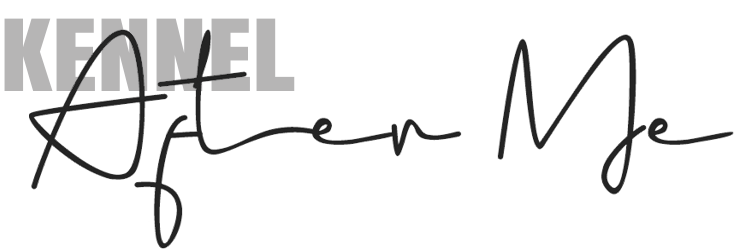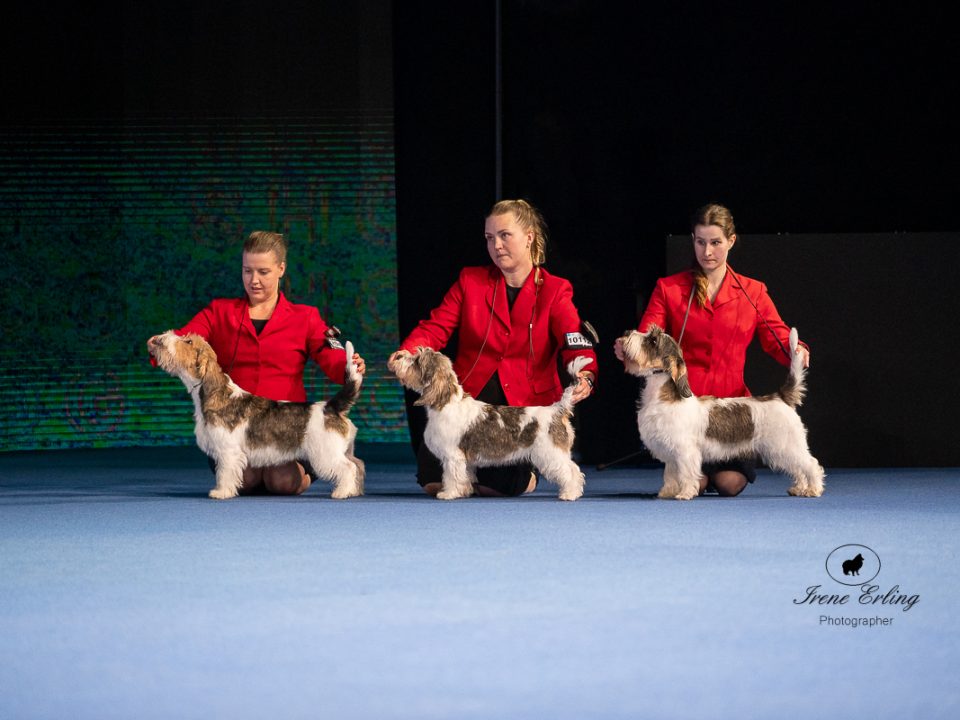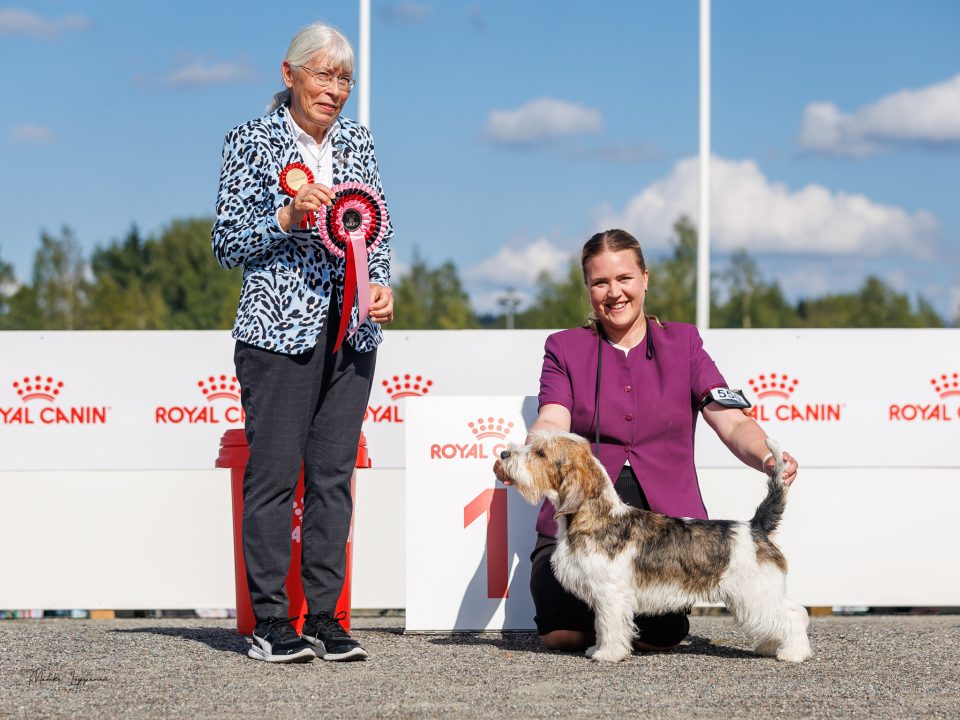
BIS-4 for Robin!
25.9.2025The Petit Basset Griffon Vendéen is a wonderful, lively little hound, cheerful, curious, and full of character. But as with any breed, it’s worth understanding what kind of dog it truly is before welcoming one into your home.
One of those topics, and perhaps one that isn’t discussed enough, is coat maintenance. The rough, weatherproof coat is what makes the petit basset so versatile, but it also requires regular care and attention.
Harsh coat is functional
The petit bassets harsh double coat is one of its defining features. It’s practical and protective — designed to shield the dog in both warm and cold weather, as well as in rough terrain. A healthy, well-maintained coat keeps the dog comfortable in all kinds of weather, while also repelling dirt and moisture.
When the coat is in good condition, it sheds very little, and even if it gets dirty, once dry it doesn’t bring mud or hair into the house. But achieving that balance requires more than a few grooming sessions a year. Coat care is a continuous part of living with the breed.
Stripping, not clipping
The correct coat is maintained by hand-stripping, which means removing dead outer hair by hand when it’s ready to be removed. At this stage, the hair comes out easily and painlessly, allowing new, strong coat to grow.
If the coat is clipped instead of stripped, the texture usually softens, loses its dirt- and water-repelling qualities, and becomes more prone to matting. The result is not only a different look but also a coat that no longer performs its natural protective function.
Most petit bassets need to be stripped around three times a year, though for many dogs, shorter intervals keep the coat in the best possible condition.
Regular maintenance between bigger groomings
Even between the bigger grooming sessions, the coat needs regular attention. Show dogs naturally require more frequent and detailed grooming to keep the coat in correct condition and ready for the ring, often much more than just three times a year. But even family companions need consistent care between full groomings.
Nails should be trimmed frequently. Ears should be checked to ensure that hair doesn’t block airflow — excess hair inside or on top of the ears should be removed, as it can trap moisture and dirt. It’s common for groomers to leave too much coat on or inside the ears, but this isn’t desirable.
The hair under the paws should be shortened about once a month, and the coat in front of the eyes trimmed so the dog can see clearly.
The coat must also remain free of mats. The areas that tangle most easily are the legs, beard, and ears, which are places where the hair is left longer. Small tangles should be gently opened by hand right away when noticed. A matted coat is already damaged and will tend to mat again, so for dogs that tangle easily, shorter intervals between groomings are necessary.
Why coat care matters today
My writing about coat care isn’t meant to discourage anyone. My goal is simply to share what responsible coat maintenance means today. In the past, rough-coated breeds might have gone unbathed and been groomed only once a year, but times have changed. With modern living, most dogs share our homes rather than living outdoors in large packs, and environmental factors such as pollution and heating make regular care essential. Besides grooming, a balanced, high-quality diet also matters!
I can guarantee that with consistent routines and the right tools, grooming — no matter the coat type — becomes second nature. It’s just one more meaningful thing to do together with your dog.
All After Me puppies receive guidance and written instructions for coat care.




